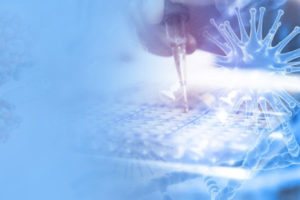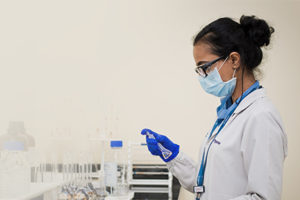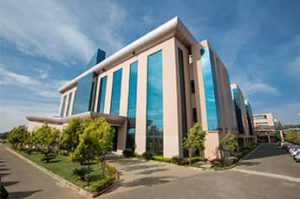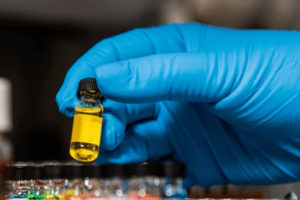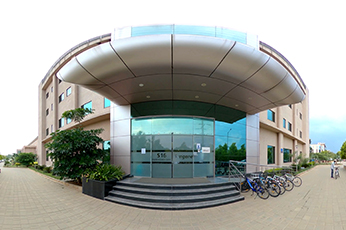Syngene provides viral testing and clearance services that cater to clients’ need for fulfilling the viral safety requirements of their biologics programs. The facility is GLP-certified by the Govt of India, ISO 9001:2015-certified, and has a state-of-the-art BSL-2 laboratory. The systems and assays comply with GLP standards to ensure that regulatory expectations are met for product filing and licensing.
Key features
- Dedicated analytical lab and client suite for viral clearance studies
- Dedicated suites for real-time qPCR analyses
- Well-equipped and segregated cell culture, viral testing, molecular and analytical laboratories
- Traceability – receipt, storage and analysis of client samples
- Document archival area with controlled access
- Separate cell bank area for the storage of analytical cell lines
- Bio-containment with pressure differential across the laboratories
- Unit operations that can be handled are:
- Inactivation: Low and High pH
- Removal: column chromatography, filtration
Services offered
Cell based in vitro testing of unprocessed bulk (CHO-derived):
- 14 and 28 day adventitious virus detection using 3 lines: MRC – 5, Vero and CHO
- Retrovirus detection using Mus dunni and PG4 – S+L-
- Mycoplasm detection (qPCR based)
- Detection of MVM by qPCR
Virus Clearance studies for biologics (CHO-derived)
Viral Clearance studies evaluate the potential of downstream protein purification steps for the clearance of viruses. Syngene offers these studies for its customers’ manufacturing process where product have moved into clinical trials phase. This includes:
- Validation of process – removal, inactivation, or clearing of viruses in the product intermediates
- Phase I submissions using two viruses, minute virus of mice (MVM) and murine leukemia virus (MuLV)
Downstream scale-down model
- Establishing the scale-down model based on the manufacturing scale process
- For individual unit operations and their comparability with the manufacturing scale performance
- For exploratory virus clearance steps
- Typical in Phase 1 clearance with two or three downstream orthogonal steps (low pH/solvent-detergent, chromatography step, nano filtration)
We provide resin recycling studies and comparative virus clearance capability of the used resin with naïve chromatographic resin.
